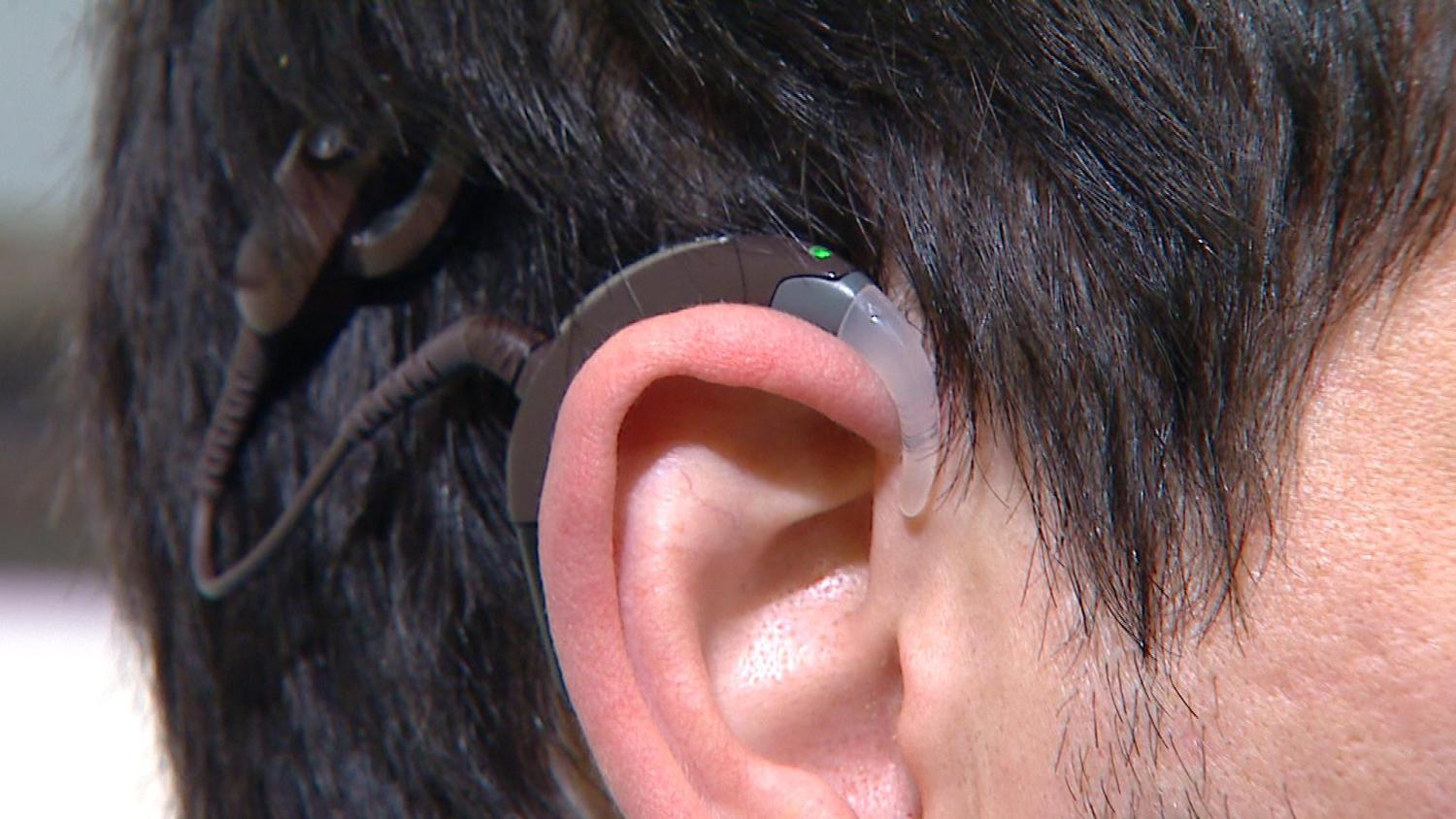On the first day of my American Sign Language class, my deaf professor asked the class if anyone had ever met a deaf person before.
Two or three students raised their hands, saying they had a deaf cousin, or a deaf friend of a friend. I thought back on my nineteen years of life and realized that no, I hadn’t. Here I am learning a language for a group of people I didn’t even know. And for what? Because I thought it looked cool?
Initially, the only reason I wanted to learn a new language was because I wanted to look cool. Like, “Hey, look at me, I’m talking with my hands.” And, don’t get me wrong, it does look cool, but two years and four classes later, American Sign Language has become more to me than something that looks cool.
Sign language, and deafness, has a lot of stigma attached to it, stigma that hurts an incredibly rich and life-changing culture. Awareness can go a long way, so here are some of the most common questions and misconceptions about deaf culture, debunked.
Misconceptions
1. There Is One Universal Sign Language
Nope, not even close. In reality, there are just as many signed languages as spoken. From American or British Sign Language to Valencian Sign Language, each one is as similar to the others as Chinese is to English.
Like any language, sign language was established within certain communities, and it was impacted by the regional and cultural influences that surrounded its native speakers.
The first signed language was established in France, where it quickly spread, as deaf people jumped at the chance for a language of their own. Schools opened across the globe, the most notable being Gallaudet University, the only deaf university in the United States.
2. All Deaf People Sign
The desire and ability to sign varies from person to person. While many choose to learn sign language, there are some who prefer auditory-oral education, which teaches deaf children to use residual hearing and lip reading to not only understand spoken language, but communicate verbally as well.

Others choose to receive a cochlear implant, which is implanted into the brain through a medical procedure, so the damaged cells in the inner ear are bypassed, and the auditory nerve is directly stimulated. Technology has gone pretty far with products for the deaf and hearing impaired to ensure an appropriate level of their interaction with others and the world. No matter what route of communication a deaf person chooses, they will always be deaf, and they will always be welcomed in the deaf community.
3. All Deaf People Are 100 Percent Deaf
It’s rare for person to be 100 percent deaf. Think of it as a spectrum; on the far right, you have the entirely deaf, and on the far left, you have the entirely hearing.
Most deaf people fall somewhere toward the right side of the spectrum, and they may be considered hard of hearing. The term “deaf” actually refers to a person who has little to no hearing function, while “hard of hearing” refers to those with a milder hearing loss.
4. Deaf People Can’t Drive
Again, untrue. When asking this question, people raise a lot of good points. What happens when a deaf driver can’t hear an emergency vehicle approaching? What if their car breaks down, and they can’t call for help? What if they get pulled over and can’t talk to the officer?
But, most driving is done with the eyes; the ears are secondary. Hearing drivers blare the radio, talk to friends and talk on the phone. Most of the time, their hearing is impaired.
Some special devices give visual alerts to deaf drivers, though, to compensate for the sounds they can’t hear. Many also use panoramic mirrors, offering a better sense of surrounding vehicles.
5. Deaf People Can’t Speak
Almost every deaf person has the ability to speak; many merely choose not to. Katie Leclerc, co-star of Freeform’s “Switched at Birth,” is hard of hearing, but her speech is nearly perfect. Even those who are profoundly deaf have the ability to learn speech, but it’s an extremely tedious process, and it usually takes years of intense speech therapy.
Usually, the majority of deaf people speak with some sort of accent, just as hearing people do. Keep in mind, the entirety of their speech-learning ability comes from the ability to see and feel the correct way a word should be pronounced, rather than the way it normally sounds.
Questions
1. How Do Deaf People Wake Up in the Morning?
There are three ways a deaf person may be woken up in the morning, in lieu of a traditional alarm clock. The most effective is a vibrating bed. No, the whole bed doesn’t vibrate.
You place the attachment either under your pillow or on your person, and when the alarm clock goes off, so will the vibration. Less effective is intensely bright lights that flash in your eyes when your alarm goes off.

If either method is too abrupt, you can always get your parents, sibling or spouse to wake you. Maybe they’ll gently nudge you awake, or maybe they’ll throw cold water on you. Choose wisely.
2. How Do Deaf People Know When Someone’s at the Door?
On the outside, it looks like a normal doorbell, but on the inside, lights flash in every room of the house. In general, there are two different wiring systems: One is for the regular electrical needs of the house, and a second is exclusively for the doorbell. Ring the doorbell, flash the lights.
The most important thing to remember is that deaf people do not view themselves as disabled. They experience the world in so many ways that hearing people can’t imagine, like feeling music instead of hearing it, or closing your eyes and being able to find peace in any situation.
They’re proud of their culture and proud to be deaf. Nineteen times out of twenty, if you ask a deaf person if they’d ever want their hearing back, they’ll say no because it’s not just something they live with. It’s who they are.

















[…] stop the majority of the deaf community from living normal and fulfilling lives. One of the most commonly asked questions about the deaf community is whether or not they can drive. Yes, they can. Funny enough, they’re […]
[…] Man has been vocal on his social media platforms regarding his experience growing up deaf. Maintaining an admiringly positive outlook on his deafness, Man is grateful his disability grants […]
[…] you have any questions about ASL or other spoken language interpreters, you can reach out to Spot On Interpreting at 855-562-7768. […]